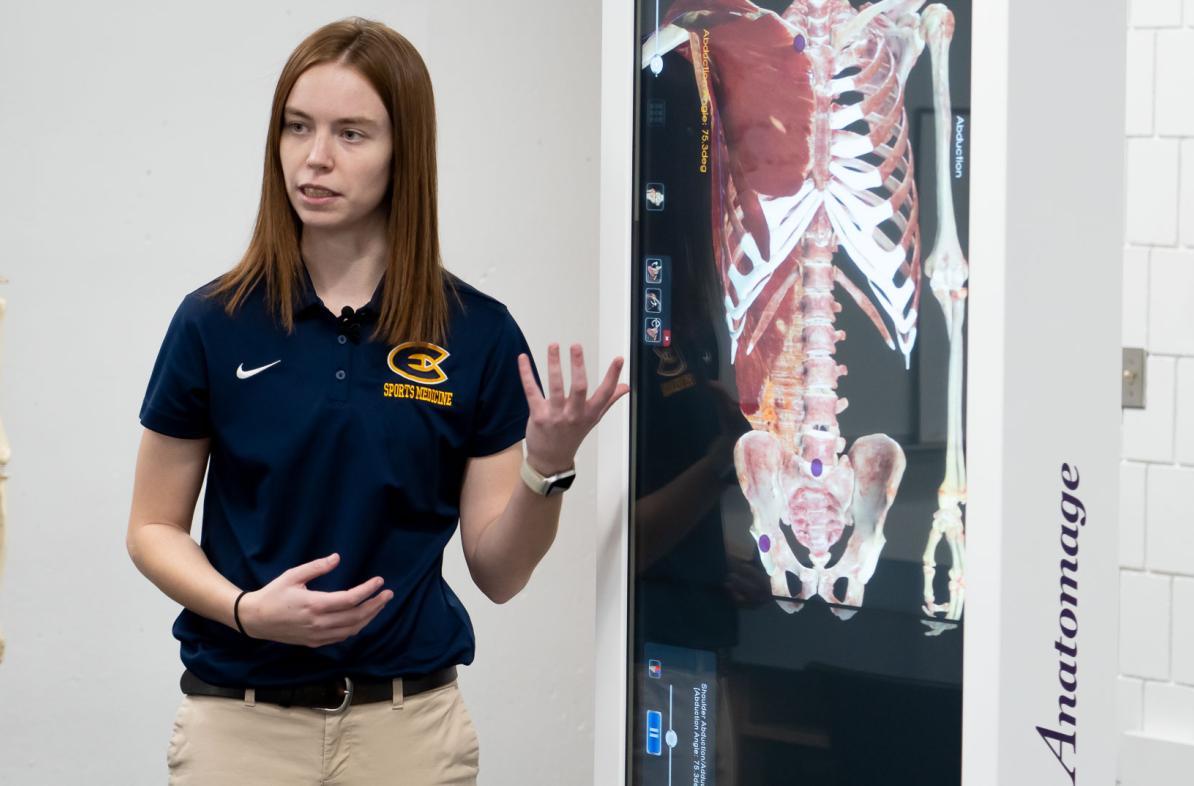ID

Virtual technology allows Blugolds to use digital cadavers in anatomy courses
Authored on
Virtual technology allows Blugolds to use digital cadavers in anatomy courses
Published on:
Intro text
Anatomy education is coming to life for University of Wisconsin-Eau Claire students who are using new high-resolution digital cadaver tables to see the inner workings of the human body.
Sections
For the media
For the media
Image download





